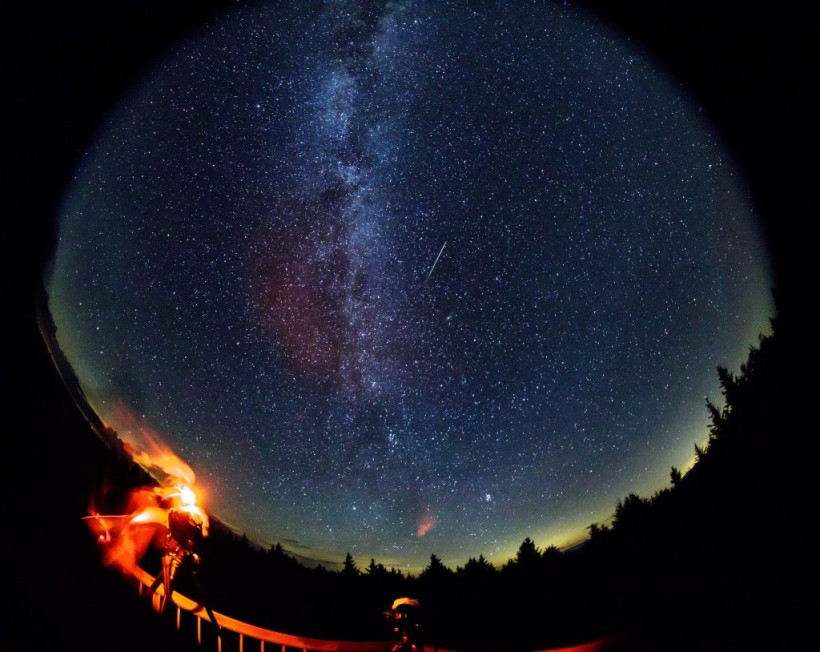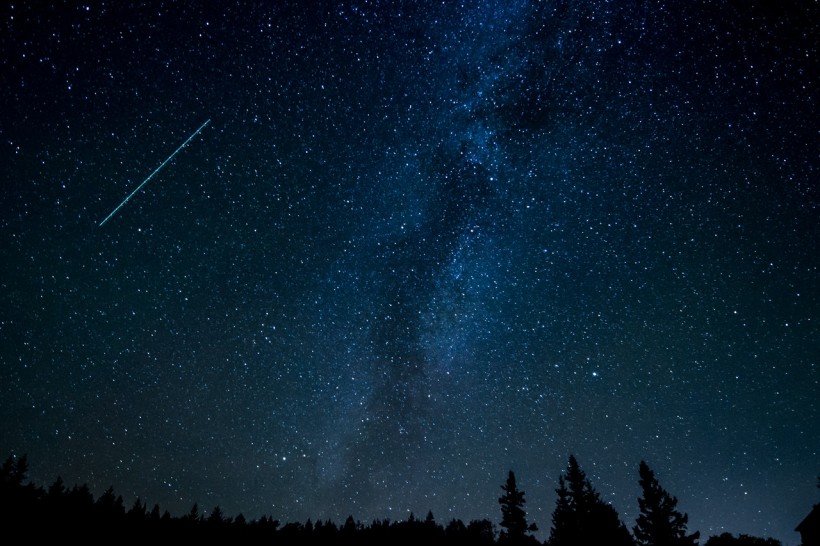The Perseids Meteor Shower is currently in its peak, and NASA says you can watch its full set of shows this August 12 to 13, where it would be brightest and most seen under the night sky.
Users would need to go to a clear, high place that is rid of light pollution to see it, but if that is not possible, NASA is offering a live stream for people to watch.
The Perseids is set to peak this Wednesday night, and people are still invited to the party even though it has already reached the said schedule for it. A lot of cosmic shows and attractions from the night sky are available throughout this second half of the year for people to see and enjoy.
Perseids Meteor Shower

The Perseids Meteor Shower is one of the most awaited annual meteor showers that show itself on Earth, and what it brings is a flurry of star-looking objects that burns up as it passes the Earth and enters its atmosphere. However, these meteor showers are not that of a threat to humans, as they would not crash land to the surface.
According to NASA's blog, the Perseids always peak in mid-August and are one of the most awaited meteor shows of the year. What it brings is a remnant of an old space rock that has broken to pieces, and it would cross paths with the Earth, and those fragments entering the atmosphere as the planet orbits are what makes it sparkle or "shower."
NASA notes that August 12 to 13 are two great nights to watch the Perseids, as it would be paired with a Full Moon, and a low meteor activity in the skies.
Read Also: Perseids Meteor Shower: How to Catch It During Peak Viewing Next Week With NASA's Help
How and Where to Spot the Perseids

Perseids meteor shower will peak August 11, 12, and 13.
The Perseids are known to be from the Perseus constellation, and it is amidst the Taurus and Aries in the dark, night sky. The Northern Hemisphere of the world would see more of the meteor shower, so North American residents are in for a treat.
Stargazers only need to position themselves on a clear field, that has little to no light pollution. People would also need to rest their eyes from light for at least 30 minutes, as NASA said. In a clear place with great height, watchers would be able to spot 40 Perseids per hour.
NASA's Livestream for Perseids
Not a problem for those who cannot get out of the city or venture to other places for this event. NASA is inviting everyone to view it via their live stream, and this would surpass the hassle of traveling and going outdoors for this meteor shower event.
The live stream of the space agency would be available via their pages on Facebook, Twitter, and YouTube. In case that the live stream is available, it means that the space agency has delayed or postponed this because of clouds covering the view. However, watchers can tune in the following days for more streams to come.
Related Article: 5 Things You Should Know About the Perseids Meteor Shower
This article is owned by Tech Times
Written by Isaiah Richard









